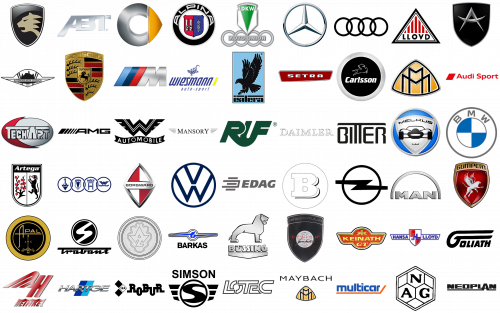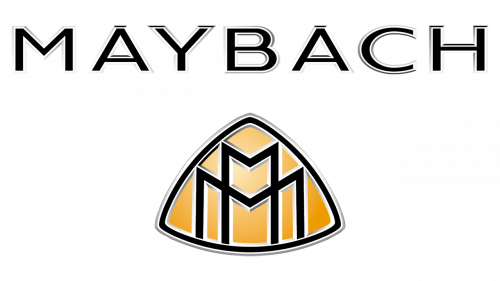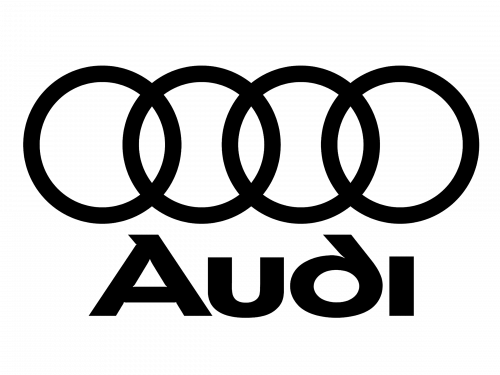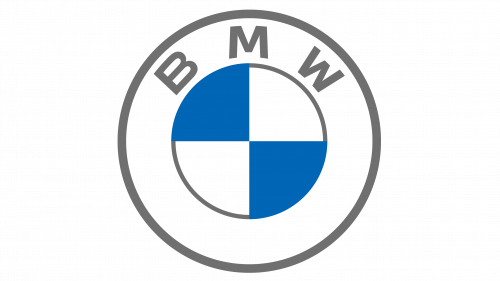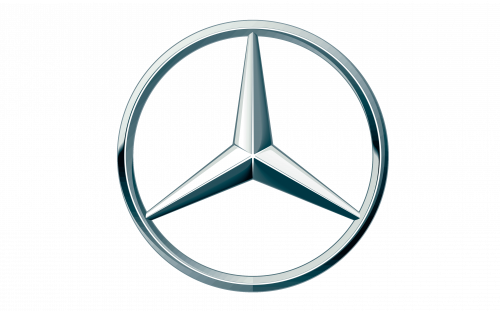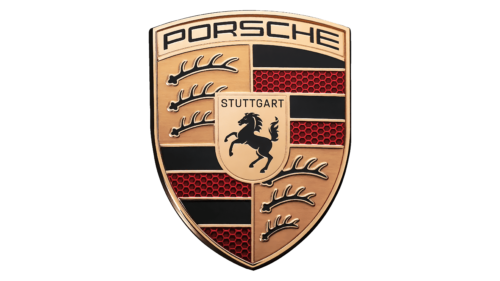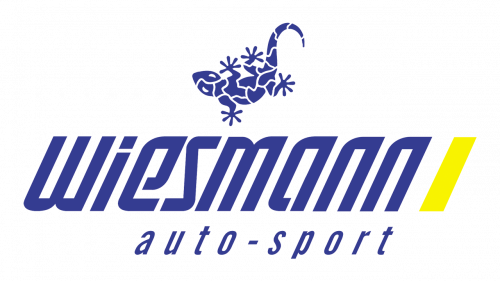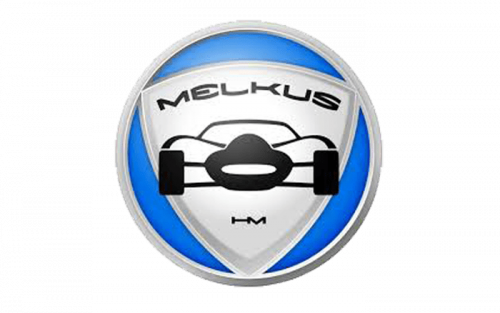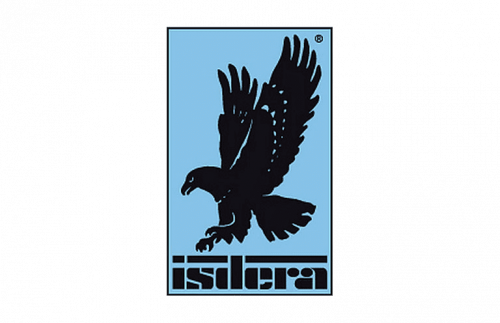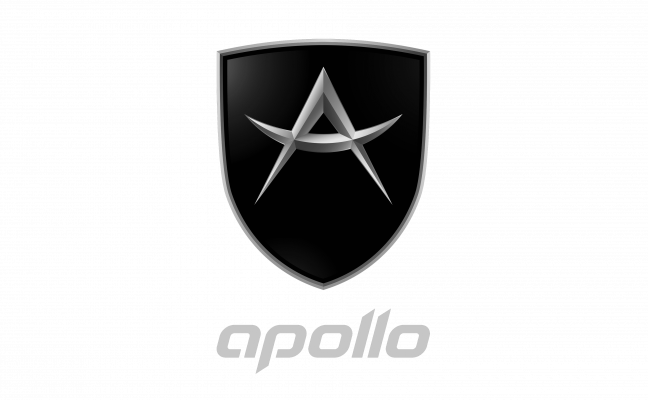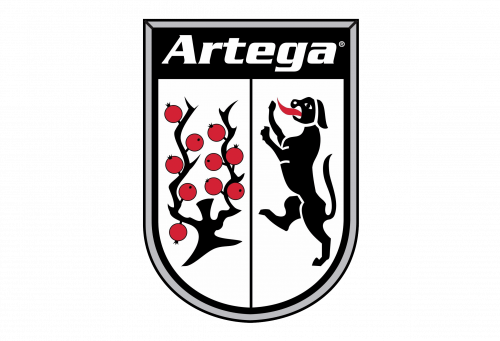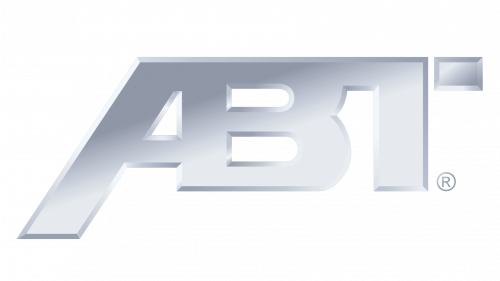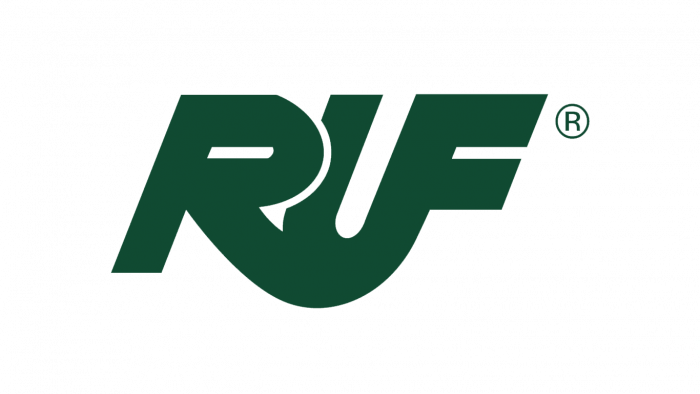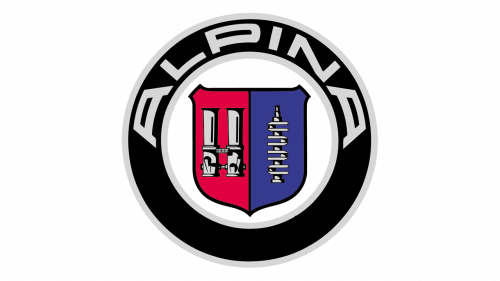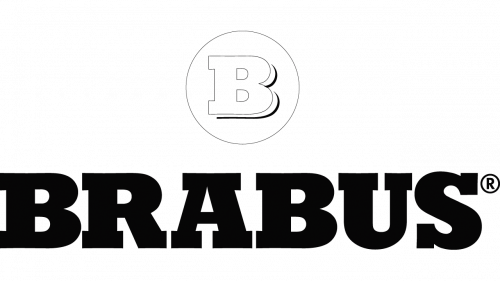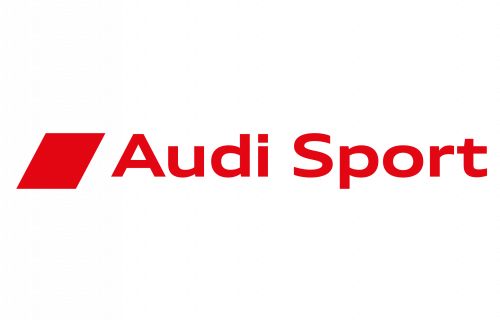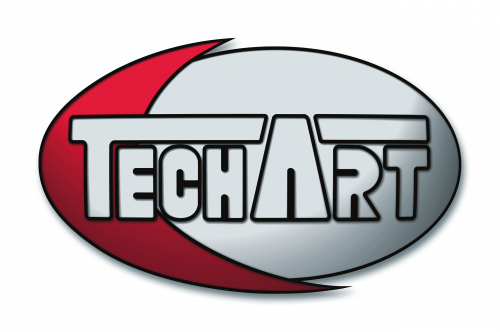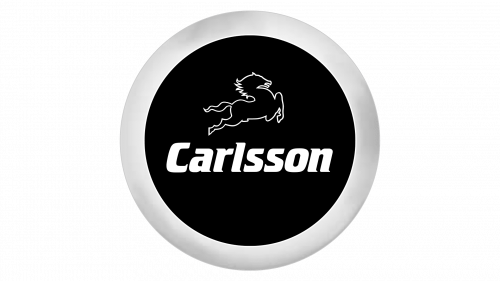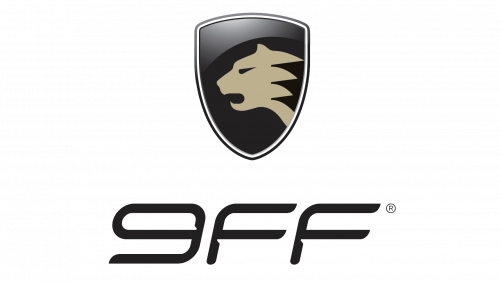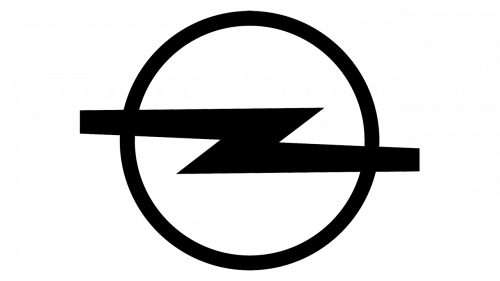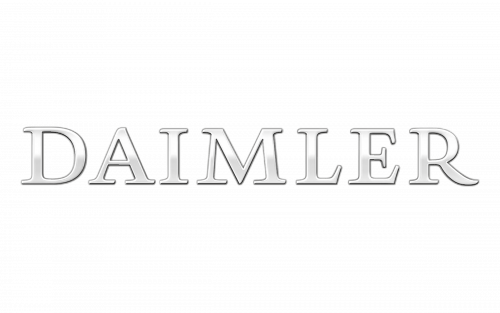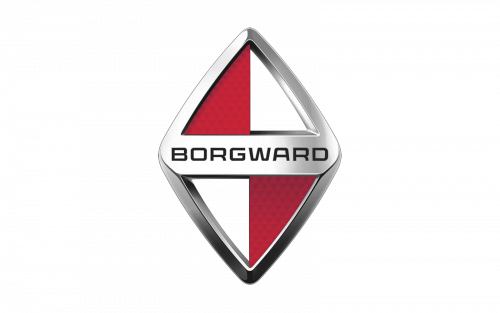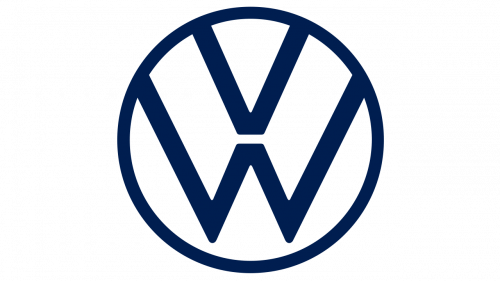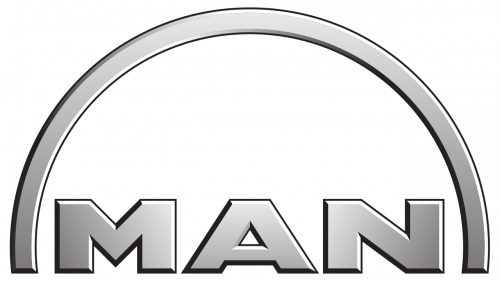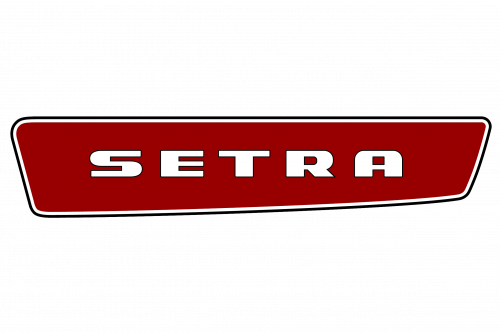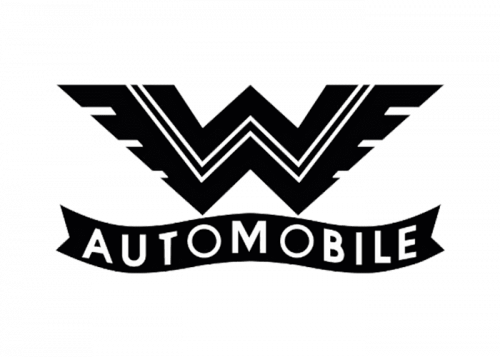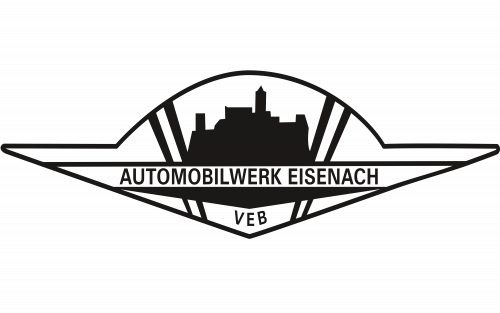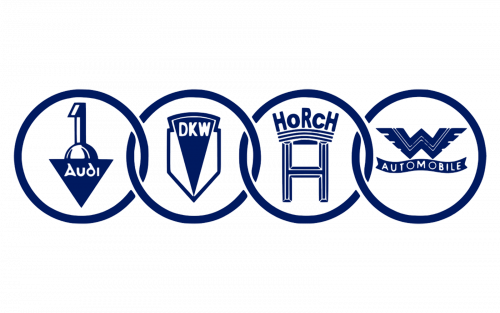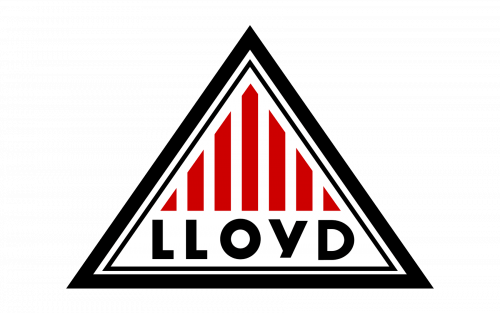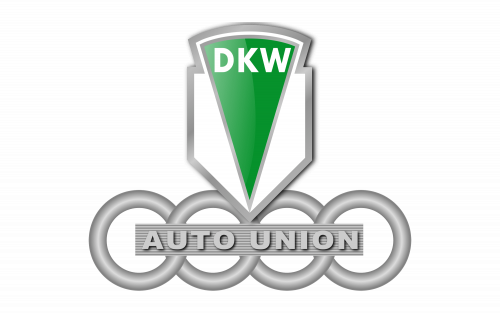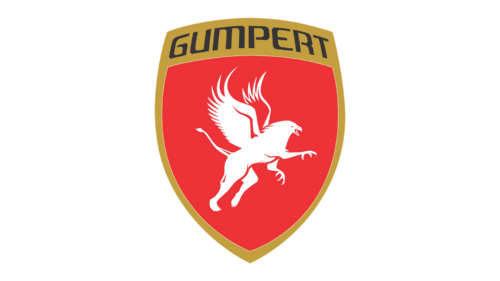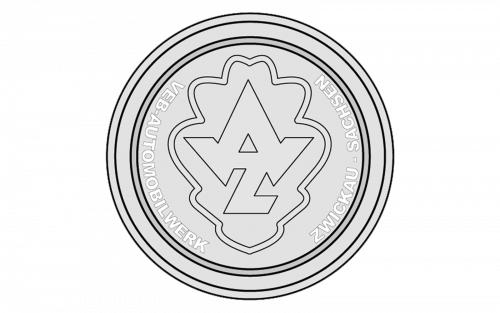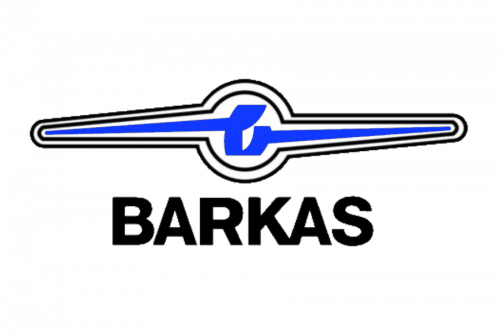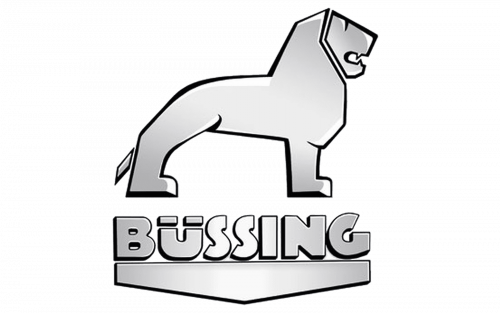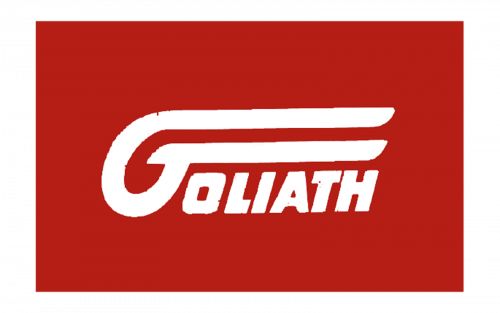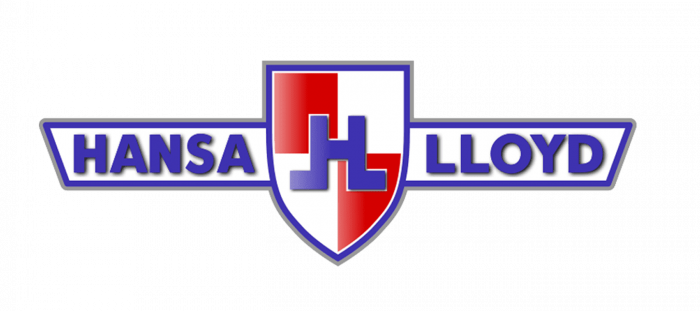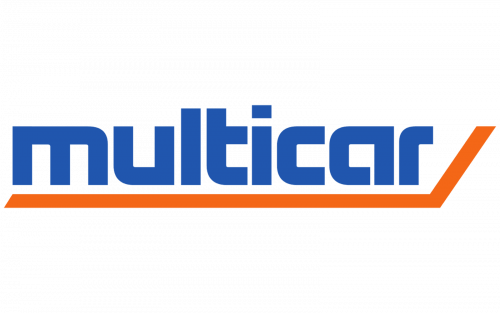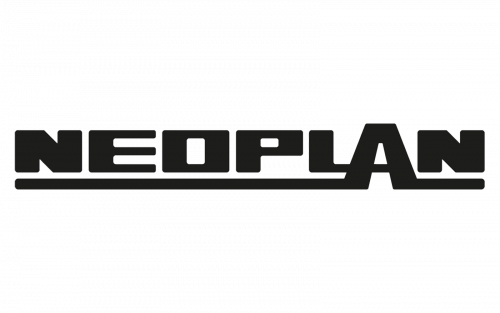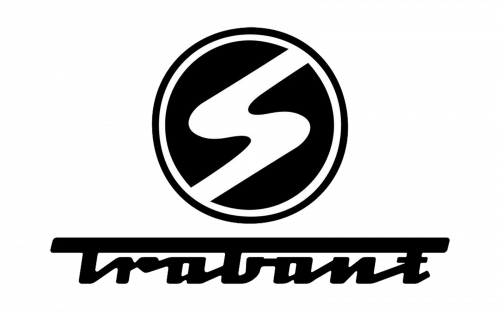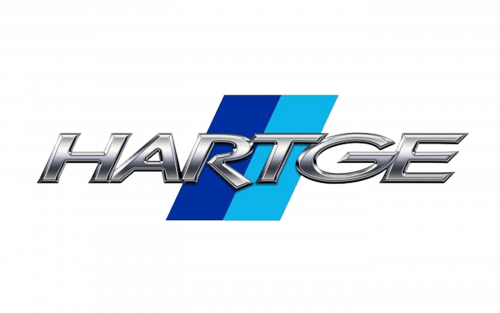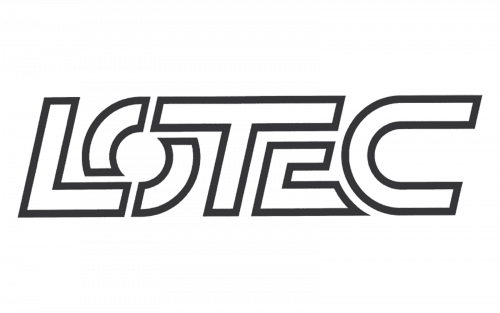The history of German car companies began when they started to produce high-quality vehicles, and the characteristics of automobiles were valued more than their appearance. This focus on quality over form marked the beginning of a new era in the automotive industry, particularly for German car manufacturers.
First of all, when producing German cars, companies focused on quality, strictly according to the principle “functionality is more important than form”. That is why Germany is considered to be the leader in car production in Europe and is included in the list of 5 countries that are engaged in the manufacture of high-quality cars.
Historically, the automobile industry has been one of the mainstays of the German economy. It was in Germany in 1861 that the first internal combustion engine was tested under the leadership of its inventor Nikolaus August Otto. At the same time, the engineer Karl Friedrich Michael Benz worked on the creation of the first car, which was a carriage with a small engine. Models like the Volkswagen Beetle would later become iconic, symbolizing the innovation of German car manufacturers. Already in 1900, he managed to organize the serial production of cars. 25 years later, in collaboration with a talented engineer Gottlieb Daimler, a whole enterprise was opened, which gave the world the legendary brand Mercedes Benz, and later, renowned models like the Porsche Cayenne. We will tell you about it first of all.
Luxury Car Brands
The German automaking industry, known for its automotive prowess, has a particularly strong segment of premium-class luxury cars, which, without exaggeration, are ahead of the whole planet. They are an example of quality and style for all other automakers and embody a lot of high-tech achievements of local specialists. The luxury segment of the German car industry is divided into the brand, producing high-end cars, and the companies working on special tuning.
Maybach
Founded: 1909
Founder: Wilhelm Maybach
In 1909, the company Maybach was founded, named after the famous engineer and designer Wilhelm Maybach, who had previously worked for Daimler but left after a conflict in 1907. However, the new company of Wilhelm and his son Karl from its foundation until the end of the First World War was engaged in the development of aviation power units, cooperating with Count Zeppelin and the German armed forces. Today it is one of the most luxurious car brands in the world, synonymous with chic and the highest quality.
Audi
Founded: 1909
Founder: Auto Union
The modern history of Audi began long before its formation as a separate manufac-turer within the Volkswagen concern. In 1934, it was part of the alliance of four well-known German brands Auto Union, where it was initially involved in the development of individual models under its brand and later as a supplier of technology for cars under the same brand name. When in 1945, all the factories of Auto Union were either destroyed in the war or dismantled and removed from the country. The company had time to change its location in 1940, settling in Bavaria. This is where the rebirth of Audi began after the end of World War II.
BMW
Founded: 1916
Founder: Karl Rapp, Gustav Otto
BMW is a famous German automaker, whose main specialization is the production of cars, sports cars, SUVs, and motorcycles. In 1913, two small aircraft engine companies appeared in the northern part of Munich, the founders of which were Karl Rapp and Gustav Otto, son of Nikolaus August Otto, who is credited with creating the internal combustion engine. With the outbreak of World War I the number of orders for aircraft engines increased dramatically. Rapp and Otto decided to merge their companies into one aircraft engine plant. Thus a plant of aircraft engines appeared in Munich, which in 1916 was registered under the name Bayerische Motoren Werke (Bavarian Engine Plants). This date is considered the year of the foundation of the BMW Group.
Mercedes-Benz
Founded: 1926
Founder: Karl Benz
The history of the famous luxury automaker began as a result of the reorganization of two German companies. Delving a little further back in history, the German inventor Karl Benz was granted permission for his brainchild, which brought world fame and revolutionized the auto industry – the first car with a gasoline-powered engine. In the same year, another project was created by another German engineer, Gottlieb Daimler, and Wilhelm Maybach, it was an engine project.
Both inventors created companies: Benz with the name Benz & Cie in 1883 in Mannheim and Daimler with the trademark Daimler Motoren Gesellschaft (abbre-viation DMG) in 1890. Both developed themselves in parallel and 1901 Daimler produced cars under the created brand “Mercedes“.
Porsche
Founded: 1931
Founder: Ferdinand Porsche
The history of the luxury German brand Porsche began in 1931, when Ferdinand Porsche, a famous designer of the time, who worked at Auto Union and Daimler, decided to establish his car brand. Ferdinand Porsche in 1939 presented the first car under his brand – the Porsche 64, built based on the Krafter and using about 70% of components from the first Volkswagen car.
In 2007, the Porsche family founded the company Porsche SE, which bought 100% of the shares of Volkswagen, which, in turn, gained full control of Porsche AG. This year can be considered the next stage in the start of the company’s rise.
Wiesmann
Founded: 1985
Founder: Martin and Friedhelm Wiesmann
The German brand Wiesmann is less known on the international market, than its “colleagues”. Though it has been producing sports cars with unusual retro design and original headlights since 1985. The company produces two series of roadsters – GT (old series with several modifications) and MF – a new series of sports cars.
Owners Martin and Friedhelm Wiesmann initially dealt with the construction of hard roofs for convertibles, and in 1993 their first roadster was produced.
Sports Car Brands
Now, German automakers are popular and respected not only as sports car manufacturers but also for their high-performance vehicles, including sedans and hatchbacks. These cars, often referred to as the people’s car due to their accessibility and reliability, have helped establish German automakers in various segments. Additionally, there are representatives in the supercar segment. While the Italians have not yet managed to secure this status, technically they are not inferior to their German counterparts. The sportscar segment, which includes a range of high-performance sedans and versatile hatchbacks, has significantly contributed to the fame of German carmakers, resulting in a diverse lineup that appeals to a broad spectrum of people.
Melkus
Founded: 1958
Founder: Heinz Melkus
Since 1959, the first place in the German and actually European market of single-seater racing cars was firmly held by the company Melkus, founded in the same bearded year by racer Heinz Melkus in East Germany, the city of Dresden. The company existed until 1986 and was reborn in 2009 as another official BMW dealer. The contract with the automobile giant was concluded at the beginning of the nineties of the twentieth century.
Isdera
Founded: 1969
Founder: Eberhard Schultz
Isdera is the name of a small car company in Germany, producing luxury cars in limited quantities. The owner of the company is the experienced designer Eberhard Schulz. In addition to producing cars of their design, the company’s specialists are involved in design developments on orders from various car companies. The history of the company began in 1982, Eberhard Schulz presented his first models Imperator 108i and Spyder 036i with Mercedes-Benz engines.
EDAG
Founded: 1969
Founder: Horst Eckard
In 1969, the German company EDAG was founded. In the first years of its existence, the company specialized in creating projects for other car companies, successfully cooperating with the Opel Group. The first major work of the company was a compact Opel Caliber in 1989, the interior and exterior design of which was done by EDAG engineers. Today the company uses the latest innovations, such as 3D printing for the production of ultra-light constructions, which they use in their sport coupes.
Bitter
Founded: 1971
Founder: Erich Bitter
The history of a not very popular German sports car manufacturer, Bitter, began in 1971 when former cyclist and road racer Erich Bitter began looking for ways to build his car. Before that, the founder’s activities had ranged from racing to selling soda water. It is noteworthy that before that Erich had no education or experience to pro-duce cars.
Apollo
Founded: 2004
Founder: Roland Gumpert
Apollo Automobil is the young Herman sports car manufacturer, which was born from another brand — Gumpert Sportwagenmanufaktur. Today the supercar manufacturer, established in 2004, is headquartered in Denkendorf. The founder of Apollo is Roland Gumpert, formerly director of the Audi Sport motorsport division. Under his leadership, Audi won 25 races of the world rally championship and became world rally champion four times.
Artega
Founded: 2006
Founder: Klaus Dieter Frers
In 2006 the youngest automobile company in Germany, Artega Automobile Gmbh, was founded. The company existed for only 6 years and was closed in 2012 after bankruptcy, but many of its technologies were too advanced for modern society, due to which they were fully purchased by Volkswagen and successfully applied in the prototypes of cars planned for the 2016 model year. But the company started having difficulties and claimed bankruptcy. Today Artega is getting its second birth.
Car Tuning Brands
German tuning and restyling ateliers are definitely some of the most famous across the globe. Sport stuffing of the iconic car models, redesign of the “outfit” and addition of some details for comfort and speed — this is what they truly know how to do.
ABT
Founded: 1896
Founder: Johann Abt
ABT Sportsline is a German car tuning company, which was established in 1896. Today it specializes in tuning production cars VW, Audi, Seat, Skoda. The history of the company began, when Johann Abt decided to open a blacksmith shop in Kempten, Germany. At that time cars were produced for a little over 10 years, and the main mode of transportation was still horses. By 1920, when cars began gradually replacing horse-drawn transport, the blacksmith shop was reclassified as a machine shop. And Johann sent his sons Joseph and Hans to learn the science of car design, hoping that they would continue the profitable family business they had started. In 1930 an automobile store was added to the workshops, where it was possible to buy not only spare parts but also cars. Since 1996 the brand works with Audi.
RUF
Founded: 1939
Founder: Alois Ruf
RUF is the name of one of the small German ateliers, which was established in 1939. It all began with a tiny workshop, when a little less than a hundred years ago, the father of the family, Alois Ruf, opened a car repair shop. Ruf Sr. was constantly developing his enterprise. So, ten years later the shop had grown into a solid station where you could both fix a car and fill it up with fuel. Today the RUF reputation across the globe is just perfect.
Alpina
Founded: 1965
Founder: Burkard Bovensiepen
The history of the Alpina company dates back to 1961 when the young Burkard Bovensiepen undertook the development of a double carburetor for the BMW 1500. Already in 1964, the high quality of his work was appreciated by Paul Hahnemann, who was in charge of the sales department of BMW Corporation at that time. Burkard assembled engines by hand in his father’s factory, a skill that would come in handy many times in later practice. In 1965, Burkard Bobensiepen establishes the company ALPINA and hires its first 8 employees. In 1967 the company gets its logo.
BMW M
Founded: 1972
Founder: BMW
BMW M is the name of the sun brand of the iconic German BMW Group, which was established in 1972 with the idea of production racing cars for the company’s sports program. Today the brand produces not only high-performance cars but also ac-cessories and engines for racing models.
Brabus
Founded: 1977
Founder: Bodo Buschmann, Klaus Brackmann
Brabus is the name of one of the most famous tuning ateliers in the world, which was established in Germany in 1977 by Bodo Buschmann and Klaus Brackmann. The founders named the company with the letters of their last names “Bra-Bus”.
The company “Brabus” is registered as an independent car manufacturer, but it is not, because it is not engaged in the production of cars, but in engine and body tuning – mainly Mercedes, but also Smarts and Maybachs.
Mercedes AMG
Founded: 1983
Founder: Mercedes-Benz
AMG, or Mercedes-AMG, is the name of a high-performance sub-division of Mer-cedes-Benz, part of the Daimler AG Group. It manufactures more powerful and sporty production models (or modifications) of the company, produces and refines combustion engines, as well as its racing cars and represents the interests of the Mercedes-Benz brand in motorsport. The history of AMG can be traced back to the middle of the 1980s.
Audi Sport
Founded: 1983
Founder: Audi
Audi Sport is the name of the high-performance sun-brand of the iconic German brand Audi. The Sport division was established in 1983 with the idea of the design and production of racing models for the famous brand. Today Audi Sport is known all over the world and its modifications of the cars are considered to be one of the best in the segments
TechArt
Founded: 1987
Founder: Thomas Behringer
TechArt is the name of another small but reputable German tuning atelier. Since 1987, the tuning studio TechArt has been reworking one of the most exclusive and popular brands in the automotive world, the Porsche, by further emphasizing the individuality of each car that has undergone restyling. Any car that leaves the gates of the TechArt factory near the German city of Stuttgart rightfully acquires the status of a significant event in the world of tuning.
Carlsson
Founded: 1989
Founder: Rolf and Andreas Hartge
Carlsson is the name of a famous German tuning atelier, which was founded in 1989 by Rolf and Andreas Hartge. The brand is one of the German Tuning Big Four and works mainly with the cars of such iconic brands as BMW and Mercedes-Benz. Carlsson Autotechnik also supplies the necessary components for Mercedes-Benz vehicles. The salons of this company are located in 40 countries. All car tuning work by the company itself is divided into three categories: simple, medium, and complex.
Mansory
Founded: 1989
Founder: Kourosh Mansory
Mansory is the name of a luxury German tuning atelier founded in 1989 by Kourosh Mansory. The company offers exclusive solutions for such brands as Bentley, Rolls Royce, Porsche, Mercedes, Aston Martin, Bugatti, Land Rover, BMW, Ferrari. Mansory is not just a redesign, it is a lifestyle that makes you change your attitude to the events going on around you. Luxury, available to a few, is multiplied by the reference quality, which can only be achieved by experience and relentless desire to create masterpieces.
9ff
Founded: 2001
Founder: Jan Fatthauer
9ff is the name of one of the world’s major tuning ateliers engaged in improving Porsche cars. The 9ff studio was founded in Germany in 2001 by Jan Fatthauer. And by today has gained a brilliant reputation all over the globe, by eating true mas-terpiece from the famous luxury cars.
Mass-Market Car Brands
German automaking industry is pretty unusual — most of the market is taken by luxury and sports car branded as well as various luxury tuning ateliers. As for the mass-market segment, it is represented by a very short list of car labels, though all of them are known for the height quality and stylish design of their models, despite the affordable pricing policy.
Opel
Founded: 1862
Founder: Adam Opel
The German carmaker Opel, popular all over the world today, was founded in 1862 by entrepreneur Adam Opel. The company received its founder and took a niche in the production of sewing machines. Besides, in 1870 the production of carriages and bicycles under the Opel brand was started. The first car of this nowadays famous brand was presented in 1899 after the company received an order for its creation from the major manufacturer of railroad equipment Friedrich Lutzmann.
In 1902 the first production car of the brand “Opel” was presented, equipped with a power unit with a capacity of 10 horsepower.
Daimler
Founded: 1886
Founder: Gottlieb Daimler
The history of Daimler begins in 1871, when the headquarters were founded in Stuttgart, Germany. The company was one of the main competitors of Benz at that time. Just a few months after the release of the first three-wheeler, company founder Gottlieb Daimler and chief engineer Wilhelm Maybach produced and patented the world’s first four-wheeler with its engine. Daimler-Motoren-Gesellschaft is the second name of the brand, which is received in 1890.
Borgward
Founded: 1919
Founder: Karl Borgward
Borgward is the name of the historical German automaker, which was established in 1919 by Karl Borgward. The Borgward company was building a wide range of trucks on the main plant in Bremen, and since 1957 on the former Fahrzeugwerke Fritz Drettmann. By the end of the 1950s, more than 60% of the company’s production was exported. At the beginning of the 2000s, the company was restructured and acquired by the Chinese giant. Borgward began selling its vehicles in China and Europe after Foton, the commercial vehicle division of China’s BAIC, acquired the rights to the brand in 2014.
Volkswagen
Founded: 1937
Founder: German Labour Front
The name of the legendary German brand, Volkswagen, is translated as “Car for People” and was created under the initiative of the Herman Labour Front for the German people.
In 1933, Adolf Hitler instructed the famous designer Ferdinand Porsche and Jakob Werlin, one of the directors of the Daimler-Benz concern, to create a people’s car that could meet all the needs of the average buyer. Jakob Werlin put forward a proposal that it was Porsche to develop the model, and the company Daimler-Benz would be responsible for the technical side of the issue, providing as its production facilities. The basis of the people’s car was the model Porsche Typ 60. Thus, the prototype of the model saw light in 1934, and mass production of the car began four years later.
Smart
Founded: 1994
Founder: Mercedes-Benz AG
Smart Automobile is a division of Daimler AG, located in Böblingen, Germany. The beginning of the project idea for Smart cars was in the late 1980s and is associated with the famous company Swatch. After a long development period, the first car was shown by Daimler-Benz in 1998. In July, production begins at the new plant in Ambach, France. In October, sales of the car began in nine European countries (Austria, Belgium, France, Germany, Italy, Luxembourg, Netherlands, Spain, and Switzerland).
Commercial Vehicle Brands
The segment of commercial vehicles is not very large in Germany, though there are brands, producing trucks and buses, which are known all over the world, and work for export markets, being synonymous to the highest quality, safety, and reliability.
MAN
Founded: 1758
Founder: Rudolf Diesel
Founded in 1758, the German engineering company MAN for the first time began producing cars only in 1915, after the outbreak of World War I. The management of the brand, under pressure from the German government, urgently began producing trucks for the needs of the armed forces of the country.
Just a few years the small company from the city of Nuremberg managed to become one of the largest truck manufacturers in the territory of Germany.
Setra
Founded: 1951
Founder: Karl Kassborer
Setra is the name of a famous German bus brand, which is considered to be one of the most widespread and respected in Europe. In 1893 Karl Kassborer founded a company in Ulm for the production of horse-drawn carriages. It has to be said that his father John Jacob built excellent wooden boats, which successfully navigated the Danube. But the son decided to go, to put it in modern terms, into another transport segment.
Defunct Car Brands
The German automobile industry is one of the oldest and strongest in the world, though even in this country there were brands, which didn’t manage to survive some crisis moments. The list of the defunct German car brands is pretty short, and some of the names in it merged with bigger companies to form the labels we all know today.
Wanderer
Founded: 1896
Defunct: 1945
Wanderer is the name of the historical German car brand, which was founded in 1896 in Chemnitz. Initially, the car company was engaged exclusively in the production of bicycles and motorcycles and was called Winklhofer & Jaenicke after the names of the founders, Johann Winklhofer and Richard Jaenicke. Renaming in Wanderer was carried out in 1911, then the office and production facilities of the company were transferred to Augsburg, where the first car W-1 Puppchen was released.
Wartburg
Founded: 1898
Defunct: 1991
The German car brand Wartburg was established by Henrich Erhard, who built his first vehicle assembly factory Fahrzeugfabrik Eisenach AG already in 1896 and for a time produced cars for Decauville and BMW. Since 1898 Erhard introduced his series of Wartburg machines, designed for customers with an average budget, but at the same time powerful and nimble enough, with innovative technical solutions.
Horch
Founded: 1904
Defunct: 1932
Horch is the name of another defunct German marque. The history of the Horch brand goes back to the nineteenth century, although the creation of the brand dates back to 1904. Horch brand was produced in Germany. Manufactured cars were distinguished by design innovations. The brand ended its activity in 1958.
Lloyd
Founded: 1908
Defunct: 1963
Lloyd, or The Lloyd Motor Company, was the name of the car marque founded by the famous Lloyd shipping company in 1908. At first, it was engaged in the production of electric cars, then it switched to the production of trucks and passenger cars. However, despite their high quality and excellent reputation, sales were not enough to generate income. In 1914, Lloyd merged with Hansa, and during World War I, they produced trucks for the German army under the Hansa-Lloyd brand.
DKW
Founded: 1916
Defunct: 1966
DKW is the name of the historical German brand, which was established in 1916 by the Danish engineer Jorgen Rasmussen. He started his activity by organizing a small company in Germany for the production of steam-powered cars, called DKW. After World War I the demand for steam engines was pretty low, in 1921, Rasmussen began to create a car with an internal combustion engine, buying the rights to produce and modernizing a two-stroke engine with 0.25 horsepower.
Gumpert
Founded: 2001
Defunct: 2013
The luxury car marque Gumpert was established in 2001 by a former Audi employee, Rolland Gumpert. With the technical support of the German Volkswagen Group, the brand aimed to create a new type of sports car. The brand started its activities pretty fast and ambitious, and already in 2004, Gumpert began to work on the Apollo model.
Keinath
Keinath is a carmaker from Baden-Wurttemberg, established in 1993. It’s one of the smaller car brands from this country. They’ve created a handful of grand tourers, which are mostly based off cars from other brands. The Keinath logo is a red plaque with a circle in its middle. The rectangular bit is occupied by a golden word ‘Keinath’, written in all capital letters. The circle bit has two letter ‘k’, mirrored and fused into one. The bottom usually contains the letters ‘GT’.
AWZ
Automobilwerk Zwickau was a car manufacturer from East Germany, active until 1958. The core of their production consisted of compact, affordable vehicles. That included IFA and Trabant brands, among some other. Their logo was a circle emblem with a leaf-like shape in the middle. That’s where they put the main bit – all three letters fused into one. It looks like a letter ‘A’ with two small bars on the sides and a ‘Z’ protruding from the bottom.
Barkas
Barkas was a vehicle producer from East Germany, abolished in 1990 and owned by IFA. This carmaker made a variety of small trucks and vans that were used by the state for various purposes. Stasi, police, hospitals were the main customers. Their logo comprised of three rhombs, arranged in an arrowhead formation. The central one had ‘IFA’ written on it in white. There was also the wordmark, which displayed the company. It was made of capital letters, written in a typical sans-serif font.
Bussing
Bussing is a vehicle maker from Lower Saxony, established in 1903. In the 70s, it was absorbed into MAN AG, another German vehicle manufacturer. Bussing mainly created heavy trucks, buses and similar products. Their classic logo depicted a metal lion, standing against a yellow background. It was then put inside a frame with a bigger lower section. That’s where they wrote the company’s name in all capital letters.
Goliath
Goliath was a Bremen-based car brand, founded in 1926 and abolished in 1961. It operated under Borgward, a prominent manufacturer. Despite the name, Goliath mostly built compact cars (including some small 3-wheeled vehicles), as well as small trucks. Their logo displayed the brand’s name, written in light blue letters. It was rather normal, except for two parallel lines, extending to the right from the two tips of the letter ‘G’. The font was a typical sans-serif style with rounded shapes.
Gemballa
Gemballa is a car company, created in Wurttemberg in the 80s. They don’t build their own cars, but rather modify the existing models. Their products include the tuned versions of Porsche high-performance models, as well as some McLarens. The company’s logo depicts their name, written by white, black-outlined letters. Notably, these characters are squished from the top and stretched sideways. The font is a sans-serif with rounded corners.
Hansa
Hansa was a German carmaker, active between 1905 and 1931. They were among the earlier car manufacturers and were eventually absorbed into Borgward. Hansa cars included some basic personal vehicles, as well as a couple of truck models. The company’s logo depicted a green tetragon with a yellow shield in the middle. The latter included the company’s name ‘Hansa Lloyd’, written in two words on the shield’s either side. The latter simply held a big letter ‘H’, colored black.
Heinkel
Heinkel is primarily famous for being a major aircraft producer for Germany during WW2. But they actually made several vehicle models after the war. That includes chiefly the ‘Kabine’ – a minicar, produced in the 50s. Their latest logo portrayed a tall ‘H’ with a wing growing from its left side. It’s also usually depicted standing on top of a wavy line with ‘Heinkel’ written below it. The coloring could be black, red or white.
Multicar
Multicar was a vehicle brand, founded in the 1920s and abolished in 2005. It was owned by Hako, a producer of various utility vehicles that still exists. Their Multicar subsidiary produced small transportation units: trucks and similar cars for construction, military and personal use. Their latest logo displayed the company’s name, written in blue lowercase letters. The font used abrupt shapes and sharp corners. The last touch was an orange line that went beneath the word and turned up after the last letter.
NAG
Neue Automobil Gesselschaft was a German carmaker in 1901-1934. In this time, they’ve created several typical passenger cars, as well as some higher-performance cars. They were later absorbed into Bussing, a major truck producer at the time. The emblem of NAG was composed of three rhombs of dark green. They were fused into a single shape, and each of them was given a letter from the acronym. These letters were white and written in a sharp serif style.
Neoplan
Neoplan is a vehicle manufacturer from Baden-Wurttemberg, founded in the 30s. Their focus is on creating buses and similar vehicles for public transportation. Nowadays, the company is owned by MAN, a much bigger bus manufacturer. The Neoplan’s logo is their own name, written in turquoise letters. The font uses big, wide letters with rounded, inflated shapes. There are also two lines, growing from the bottom of the letter ‘A’ (from each side) and continue along the word’s underside.
Robur
Robur was a German brand of trucks, vans, motorcycles and some passenger cars. Originally a Saxon brand, it was created in 1880s and went on to be one of the primary East German car marques. The brand died in 1990. Their later logotypes displayed the brand’s name. It was arranged using letters, made from linear, abrupt shapes. These were then tied together into a continuous image, although the 2nd and 4th letters were positioned lower than the rest.
Simson
Simson was a German company, established in the mid-19th century and abolished in 2003. In the automotive world, they are best-known for their motorcycles, mopeds and bicycles. But besides that they also made weapons and cars in the first half of the 20th century. Their logo depicts a golden disc with a wing on each side. The disc held the company’s name, written in elegant, italic letters. The only other element is a red lightning bolt used to underline the name.
Trabant
Trabant was an East German car brand, established in 1957. They were developed under several brands, until eventually expiring in 1991. The bulk of this brand consisted of compact cars that could be bought easily by any East German. Their logo was their own name, written in black italic letters with abrupt shapes. There was also a thick horizontal line going through the top bar of ‘T’ and onwards. It stretched over the entirety of this wordmark.
Apal
Apal is a small carmaker that was originally founded in Belgium. In 1998, they were revived as a German company. In Germany, they continued making the small racing and sports models that their predecessor made. Apal’s logo was a circle with the company’s name written in its top. It was a pretty ordinary wordmark, except the first letter was much bigger and with overly long lines. One of them even underlined the rest of the wordmark. The rest of the emblem was occupied by a thin gear stick image.
Hartge
Hartge was a car company that operated in Germany until 2019. They didn’t make cars, but instead modified the existing models of German and British carmakers. In particular, they made some of them fit for motorsport. The centerpiece of their logo was their own name, written in tilted, metallic letters. Below, there would usually be a tilted tetragon of dark blue and turquoise. They didn’t use any of it as car badges – the models used the symbols of their original makers instead.
Lotec
Lotec is a Bavarian car company, founded in 1962. They primarily make sports cars, which are basically variations and modifications of existing high-performance cars. Ferrari, Porsche and other German carmakers are their primary sources of inspiration. Lotec uses its name as a logo. It consists of white letters with black outlines, except these letters are severely fragmented into various parts. It helps convey the message of engineering.


